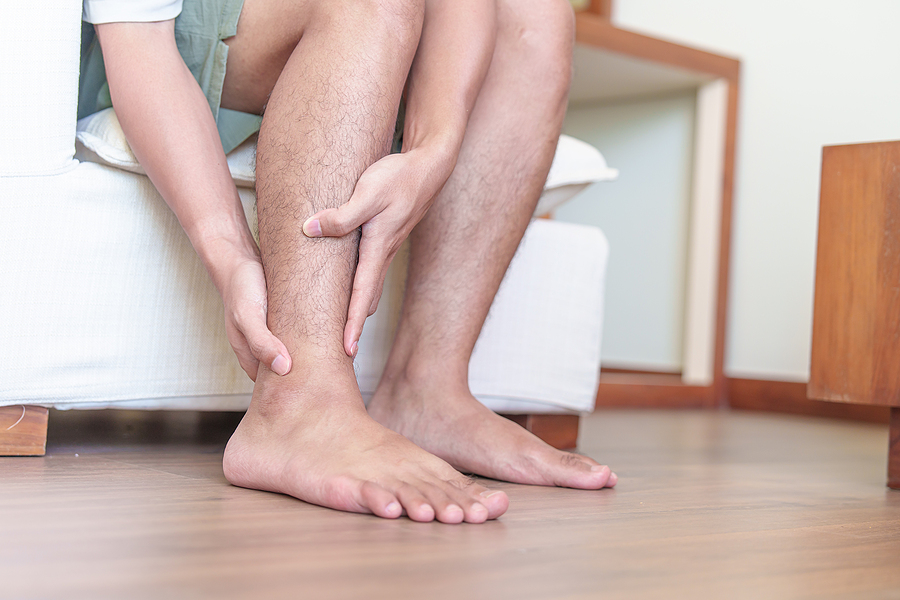If you get a lot of exercise or are generally physically active, you may well experience shin splints at some point, characterised by pain in the lower leg, around the shin bone.
Also known as medial tibial stress syndrome, the condition is not usually a serious one but, even so, it’s important to know how to treat your symptoms – particularly if you run a lot, as many keen runners will experience shin splints at some point.
Symptoms include pain in your shin and tenderness along the inner side of your lower leg, typically manifesting as a dull ache that occurs after exercise.
You may also notice pain when you start exercising, or pain that improves as you continue to exercise. Symptoms can be very severe, so knowing how to address it can be beneficial.
It’s thought shin splints are caused by repeated stress on the bone and the periosteum (the tough membrane covering the shin), which leads to inflammation.
Risk factors include being a woman, being overweight, having flat feet, having knees that turn inward, doing lots of running or jumping on hard surfaces and wearing ill-fitting shoes without sufficient support.
How can physio help with shin splints?
You can help ease your symptoms in the immediate term by stopping the activity causing the issue and resting up for a few weeks, focusing on pursuits like cycling or swimming that will put less stress and strain on your joints.
You can also take painkillers like aspirin or ibuprofen to help you address any pain you’re in.
Beyond that, you may want to see a physiotherapist if your pain is very bad or not improving. We can work with you to devise a treatment plan, including specific exercises to stretch and strengthen your lower leg muscles, as well as helping improve your walking, running and standing posture to prevent shin splints from coming back.
